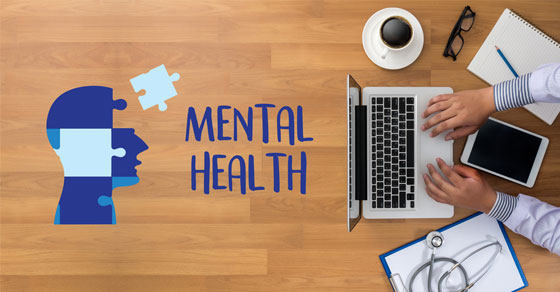
Keeping Tabs on your Mental Health Benefits
The sudden onset of the pandemic in 2020 triggered a mental health crisis that has affected people everywhere. By extension, it has touched employees of many, if not most, organizations. Employers have generally ramped up mental health benefits in response over the last few years or, at the very least, become more aware of their importance.
If your organization’s benefits package includes mental health resources, it’s a good idea to check in on whether your employees are using them and if you should revise or add to your offerings.
Study results
A recent study illustrates a common conundrum regarding mental health benefits. That is, though the resources are there, employees just aren’t widely accessing them. Membership-based primary care provider One Medical recently surveyed 800 HR/benefits organizational leaders, as well as 800 full-time employees, and reported the results in its The State of Workplace Health 2023 report.
The data showed that, while 61% of respondents took advantage of their “routine care” health benefits, only 19% used their mental health benefits. The survey asked employees why they chose not to access their employer-provided mental health resources and:
- 22% said costs played into their decision,
- 25% reported feeling embarrassed about getting help, and
- 45% cited a busy schedule.
On the bright side, the study found that 26% of respondents said their mental health had improved in the last year, and 42% believed it had stayed the same. Then again, 32% reported that their mental health had declined since last year, though that is 2% less than the decline reported in 2022.
Benefits to consider
The cumulative message of all these data points is relatively clear: Employers can’t simply lay out a menu of mental health benefits and expect workers to partake. If you want to reap the morale, retention and productivity upsides of a well-cared-for staff, you’ve got to encourage participation through strong benefits education and communication.
Also, you may need to occasionally tweak your benefits selection to meet the distinctive and evolving needs of your workforce. Here are a few mental health benefits to consider:
An Employee Assistance Program (EAP). An EAP is a voluntary and confidential work-based intervention program designed to help employees and their dependent family members deal with issues that may be affecting their mental health and job performance. Such issues can include workplace stress, grief, depression, marriage/family problems, psychological disorders, and alcohol and drug dependency.
Revised paid time off (PTO) policies. Many employers are finding that the old “X number of vacation days and X number of sick days” approach lacks the flexibility employees need to care for themselves. Your staff may appreciate a bank of PTO that can be used for any purpose without question. Some employers are also adding “mental health days” to their lists of organizational holidays.
Trainings related to mental health. Employers are often in a unique position to teach groups of people to lessen behaviors that hurt mental health and emphasize behaviors that improve it. For example, stress management programs can train workers to recognize high-stress situations and better cope with them. Leadership training programs can help create leaders who communicate, coach and coordinate work more effectively, reducing everyone’s stress.
Bottom-line impact
There can be a very real, positive bottom-line impact to helping employees care for their mental health. But it’s a challenge that calls for a high degree of awareness and a constant eye on necessary changes. Our firm can help you identify and analyze your benefits and training costs.
© 2023